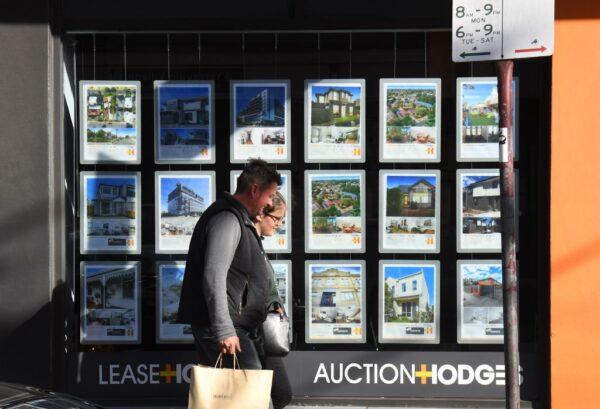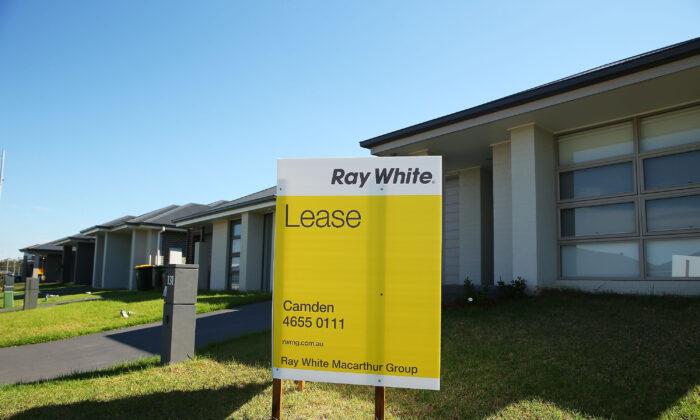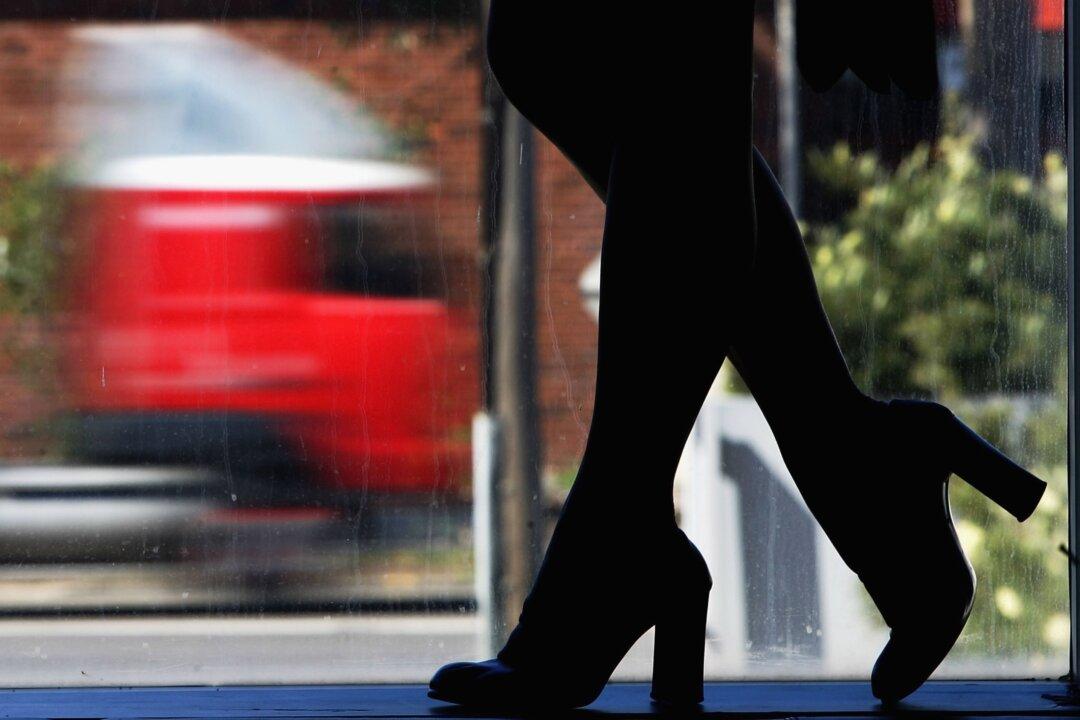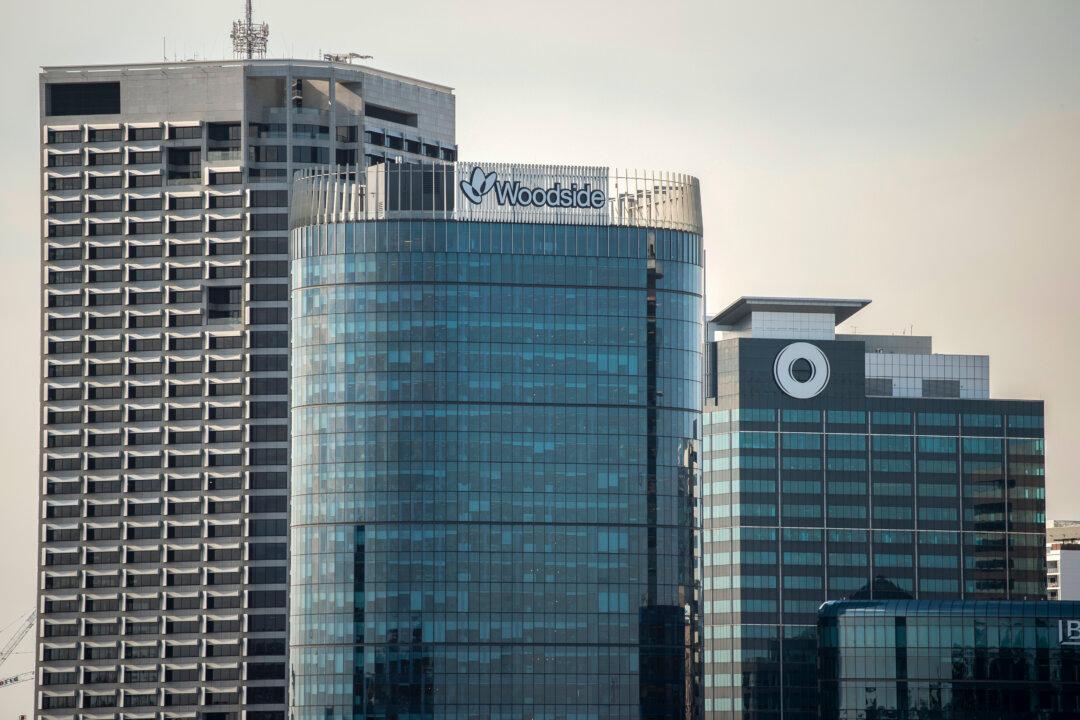Australia’s rental crisis has worsened in the first quarter of 2023 with rising prices and falling vacancies, adding more pressure on renters across the country.
This increase resulted in an extra payment of $52 (US$35) a week, or $2,727 a year, for an average renter.
And compared to the March quarter of 2022, the cost of rent jumped by 10.1 percent.
CoreLogic economist Kaytlin Ezzy said the findings indicated a worsening trend for Australian renters.
At the same time, the report showed that vacancy rates dropped to near-record lows of 1.1 percent nationally in March, down from 1.3 percent in December.
Ezzy cited the strongest growth of overseas migration since the COVID-19 outbreak and a shortage in rental listings as the main reason for the low vacancy rates.
“There’s already a chronic undersupply of advertised rental stock in many parts of the country that’s translated into record low vacancy rates across most capitals.”
Sydney Becomes the Most Expensive City to Rent in Australia
With a median rental price of $699 per week, Sydney has surpassed Canberra ($674 per week) to become the most expensive capital city for tenants.CoreLogic found that the city’s cost of rent lifted 3.4 percent in the March quarter and 12.6 percent in the past 12 months, the highest annual increase since 2006.
While Melbourne still remained Australia’s most affordable city to rent at $526 per week, it had narrowed the gap with Adelaide, which had the second lowest rental prices ($531 per week).
Ezzy said the return of overseas migrants and international students had caused Melbourne’s prices to increase significantly during the period.
“Weaker rental demand due to extended lockdowns and closed international borders saw Melbourne’s relative rental affordability improve through the first two years of COVID,” she said.
“However, since overseas migrants and international students had returned, and they typically choose to rent in Melbourne or Sydney, the pendulum had swung the other way.”

In terms of regions, capital cities’ combined prices grew by three percent on average in the March quarter, which was more than twice the growth of regional areas (1.2 percent).
Another noticeable trend in the rental market was the surge in unit prices.
National unit rents rose 3.9 percent over the quarter, up from 2.8 percent in the three months to December.
No Rent Relief in Sight
Amid a very tight rental market, tenants struggling to pay their rent are unlikely to see a price relief any time soon.Ezzy also did not expect any significant increase in stock levels in the short term.
In addition, she said there was not much financial incentive for investors to enter the market due to a decline in net yields from rent.
“Tenants coming up against affordability constraints have limited opportunities, and unlike homeowners, can’t borrow to pay rent,” she said.
“It’s likely some tenants are now sacrificing the spare room or home office and re-forming share houses that disbanded throughout COVID in order to share the rental burden.
“Those who have the financial means to pull together a deposit might be taking the plunge into home ownership sooner while others are locking in longer leases, rather than brave the hunt for a new rental.”





